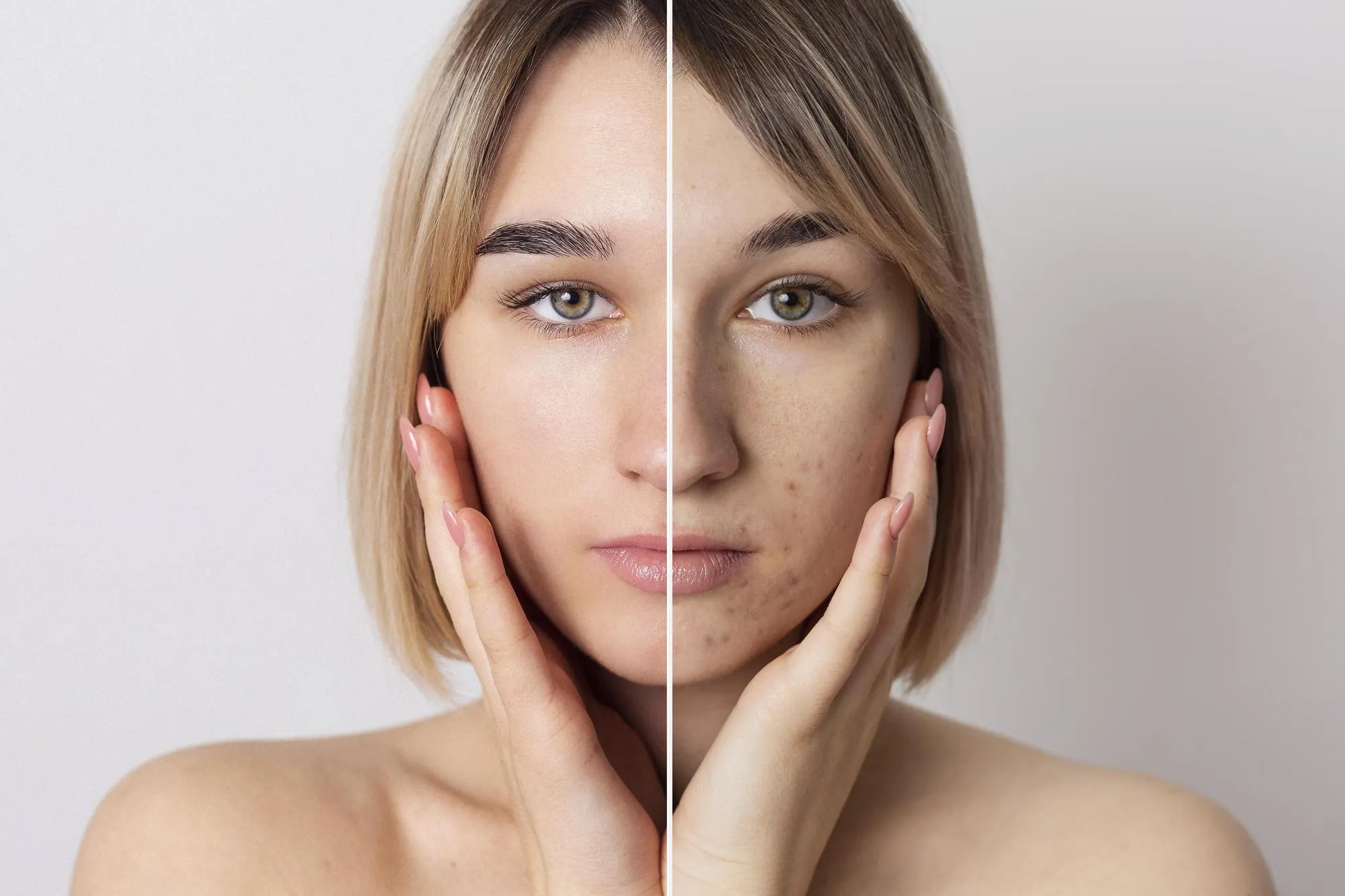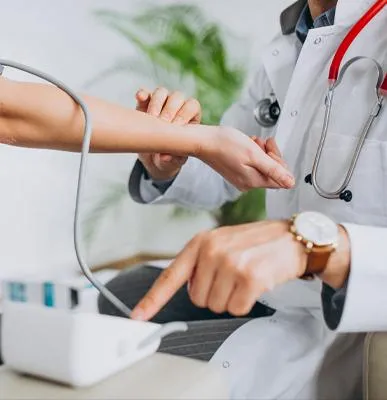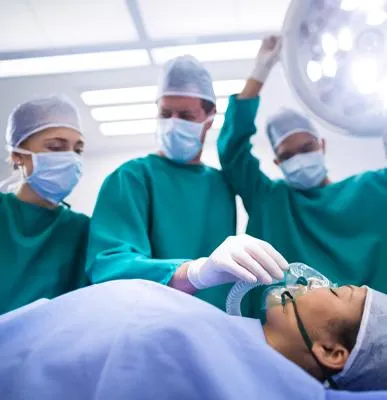- [email protected]
- 121-122, Santosh Nagar, New Sanganer Road, Jaipur, 302021
- Mon - Sun: 10:00 Am - 07:00 Pm
Acne Scar

Acne scar treatment aims to improve the appearance of acne scars and reduce their visibility on the skin. There are various treatment options available, depending on the type and severity of the scars. It's important to note that no single treatment works for everyone, and the choice of treatment may vary based on individual factors and the recommendation of a dermatologist or skincare professional.
Here are some commonly used treatments for acne scars:
- Chemical peels: Chemical peels involve the application of a chemical solution to the skin, which exfoliates the outer layers and stimulates the growth of new, smoother skin. Superficial chemical peels can help improve mild acne scars, while deeper peels may be used for more severe scarring. Chemical peels can also improve skin texture and tone.
- Microdermabrasion: Microdermabrasion is a non-invasive procedure that uses a handheld device to gently exfoliate the outer layer of the skin. It can help improve mild acne scars by promoting skin cell turnover and collagen production. Multiple sessions are typically required for noticeable results.
- Microneedling: Microneedling involves the use of a device with fine needles that create tiny punctures in the skin. This process stimulates collagen production and promotes skin rejuvenation. Microneedling can be effective in reducing the appearance of acne scars, and multiple sessions are usually needed.
- Laser resurfacing: Laser resurfacing treatments use laser technology to remove the outer layer of damaged skin, stimulating collagen production and improving the appearance of acne scars. Different types of lasers, such as fractional laser or ablative lasers, may be used based on the specific scar type and severity.
- Dermal fillers: Dermal fillers can be injected into depressed or pitted acne scars to raise them and create a smoother surface. Fillers help to temporarily plump up the skin and can provide immediate improvement in the appearance of scars. However, this is a temporary solution, and repeat treatments are needed to maintain the results.
- Subcision: Subcision is a minor surgical procedure that involves using a needle to break up scar tissue beneath the skin. This technique helps to release the tethering effect of scar tissue, allowing the depressed scars to elevate and blend with the surrounding skin.
- Punch techniques: Punch techniques involve using a small tool to surgically remove individual ice-pick or boxcar scars. After the scar is removed, the area can be closed with sutures or left to heal naturally.



It's important to note that individual results may vary, and it's advisable to consult with a dermatologist or skincare professional who can assess your specific acne scars and recommend the most appropriate treatment options for you. Combination treatments or a series of treatments may be recommended for optimal results. Additionally, practicing good skincare habits and using sunscreen can help minimize the risk of acne scar formation and protect the skin during the healing process.
